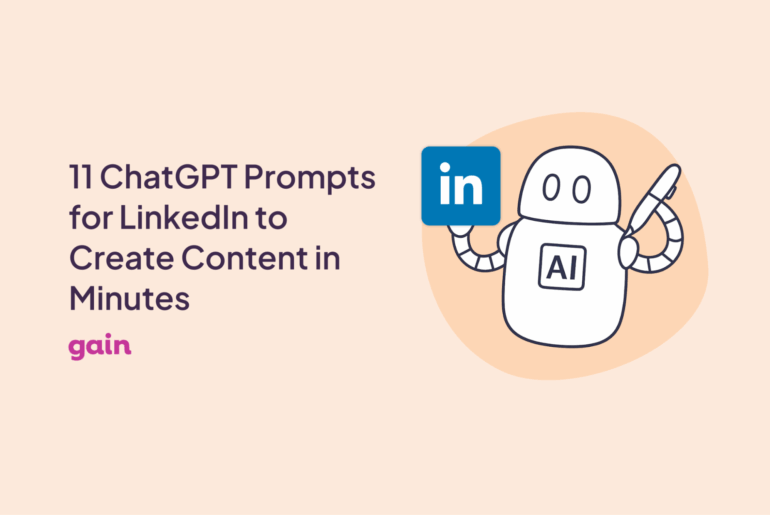Marketing automation can save you time by allowing you to schedule weeks or months worth of content at a time.
As a marketer, you understand the benefits of automation, since it makes your work more fluid and efficient.
However, your boss or CEO might not understand the value of paying for software if they don’t see the ROI.
Even if marketing automation theoretically allows you to “set it and forget it,” you should keep a close eye on your metrics to ensure your plans have the expected effect.
Automation can be risky for your marketing efforts if you’re not careful. Since it allows you to be hands-off, you might not notice right away if your audience is not engaging.
Check in with these three metrics on a weekly basis to make sure your marketing automation is bringing you the right results.
1. Engagement
While clicks can tell you how many people are interested in your content, engagement will show you how many users interact with your posts. This metric will tell you if you are using the right language to speak to your audience.
You can review your engagement, which includes clicks, likes, comments, and shares, through the analytics section of any of your social pages or your CRM software.
You should aim to have a high ratio of engagement to reach; if lots of people see your content but no one interacts with it, you are not any closer to bringing leads into your funnel.
If your engagement is low, consider changing up your copy for your next scheduled posts to make your content more enticing.
You could also test new kinds of content, such as a podcast, video, contest, or newsletters to see what is most exciting for your audience.
2. Brand Mentions
Some automation tools allow you to track the number of times people mention your company on their social media channels automatically.
A few platforms go so far as to tell you when you are mentioned without being tagged. This information can help you follow the tone of conversations about your brand.
Users often turn to social media to rant about or publicly shame companies that they feel have not served them well, so pay close attention to how people mention your company online.
Don’t ignore your audience just because your marketing is automated. Brand mentions allow you to gauge how relevant your brand is to your audience, and the market in general, since people tend to post on social media about things that affect their daily life.
3. Conversion Rate
The best way to calculate ROI from your marketing efforts is to review how your audience growth is reflected in leads.
A great automated marketing campaign will bring plenty of Marketing Qualified Leads (MQLs) into your company’s funnel even when you’re not around, so that you can nurture them and pass them on to sales.
Your conversion rate will depend on the content that you are sharing. The conversion rate for many marketers is the number of people that provide you with their contact information (MQLs) based on your top-of-funnel marketing content.
When you share a lead magnet like a whitepaper, newsletter, or downloadable guide, you bring MQLs into the funnel where you can provide them with further marketing materials automatically. If you notice that leads enter your funnel and then don’t convert, your sales team can evaluate where you might be missing content so that you can add it to your schedule.
It might be tempting to schedule marketing content for the next few months then forget about it, but you shouldn’t.
Marketing automation software exists to enhance human capacity, not to replace it.
Check your metrics often to make sure your marketing resonates with your audience and drives conversions. If your tone is off, tweak your voice and try again until your audience begins to engage with your content.
Image designed by Freepik.com.






